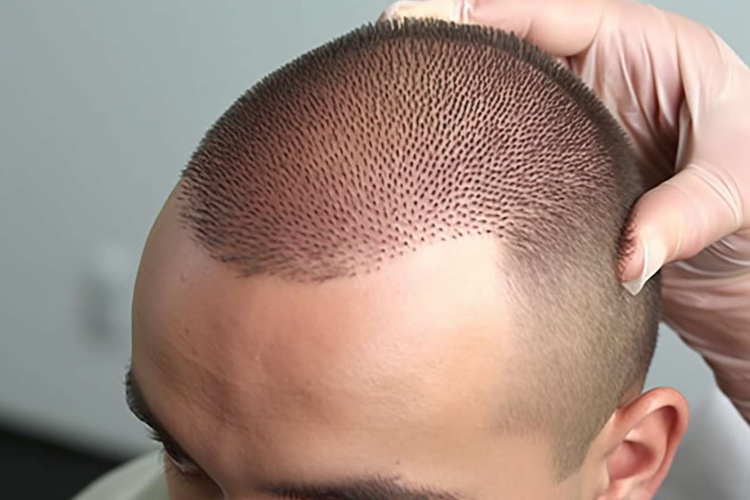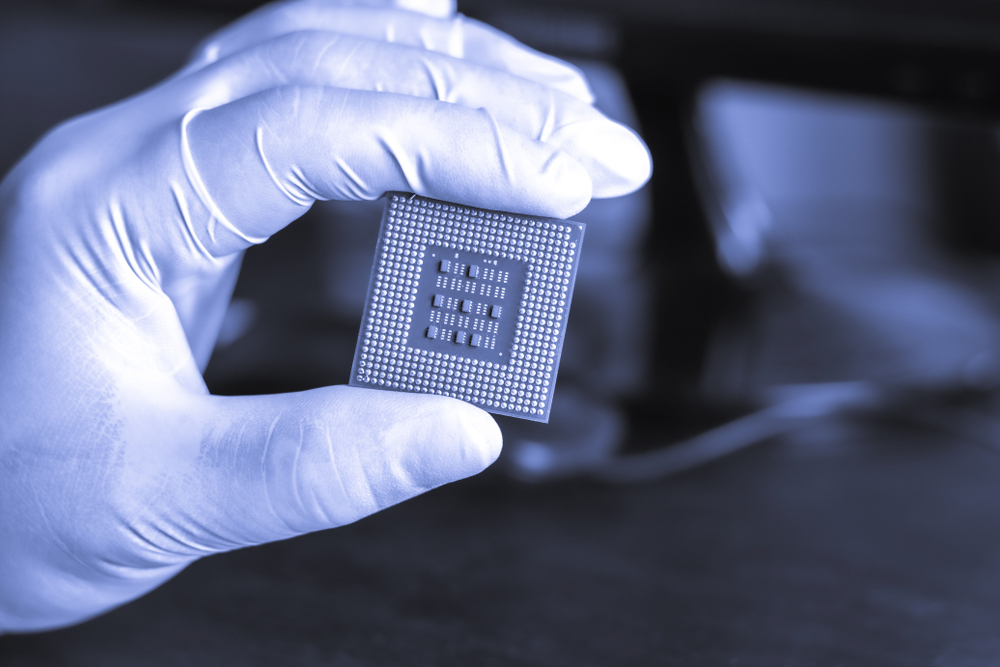Mastering the Art of Hair Transplantation
Hair transplantation has emerged as a revolutionary solution for those grappling with hair loss, offering hope and renewed confidence to millions worldwide. This intricate procedure, rooted in decades of medical innovation, has evolved from rudimentary techniques to sophisticated, natural-looking results. As societal attitudes towards cosmetic procedures shift and technology advances, hair transplantation continues to gain popularity across diverse demographics. Understanding the intricacies of this transformative process, from its historical foundations to cutting-edge methodologies, is crucial for anyone considering this life-changing option or simply curious about the science behind restoring one's crowning glory.

While revolutionary for its time, these early techniques often resulted in a “doll’s hair” appearance, with noticeable plugs of hair lacking the natural look patients desired. Despite its limitations, this method laid the groundwork for future advancements and sparked a growing interest in the field of hair restoration.
Evolution of Techniques: From FUT to FUE
As the demand for more natural-looking results grew, so did the techniques employed by hair transplant surgeons. The 1990s saw the introduction of Follicular Unit Transplantation (FUT), also known as the “strip method.” This technique involves removing a strip of scalp from the donor area, typically the back of the head, and dissecting it into individual follicular units for transplantation. FUT allowed for a larger number of grafts to be transplanted in a single session, resulting in denser, more natural-looking outcomes.
However, the linear scar left by FUT prompted further innovation, leading to the development of Follicular Unit Extraction (FUE) in the early 2000s. FUE involves extracting individual follicular units directly from the donor area using tiny punches, eliminating the need for a linear incision. This minimally invasive approach reduces scarring and recovery time, making it an increasingly popular choice among patients and surgeons alike.
The Science Behind Successful Transplants
At the heart of successful hair transplantation lies a deep understanding of hair biology and growth cycles. Hair follicles go through cyclical phases of growth (anagen), regression (catagen), and rest (telogen). Transplanted follicles must be carefully selected and handled to ensure they survive the process and establish themselves in their new location.
The concept of donor dominance remains crucial, as transplanted hair retains the genetic characteristics of its origin. This means that hair taken from areas resistant to balding, such as the back and sides of the head, will continue to grow even when transplanted to previously balding areas. Surgeons must carefully plan the distribution of grafts to create a natural-looking hairline and density that will stand the test of time as the patient continues to age.
Technological Advancements Shaping the Field
The field of hair transplantation continues to evolve with technological advancements enhancing precision, efficiency, and outcomes. Robotic-assisted FUE systems, such as the ARTAS, utilize artificial intelligence and image-guided robotics to assist surgeons in graft harvesting and implantation. These systems can reduce fatigue-related errors and increase the speed of extraction, potentially allowing for more grafts to be transplanted in a single session.
Another exciting development is the use of platelet-rich plasma (PRP) therapy in conjunction with hair transplantation. PRP, derived from the patient’s own blood, contains growth factors that can stimulate hair follicles and improve graft survival rates. When applied to the scalp during or after transplantation, PRP may enhance healing and promote faster, thicker hair growth.
Addressing Challenges and Expanding Possibilities
Despite significant advancements, hair transplantation still faces challenges. One of the primary limitations is the finite supply of donor hair, particularly in cases of extensive baldness. To address this, researchers are exploring cell-based approaches, including hair cloning and follicle neogenesis. These techniques aim to multiply hair follicles in vitro or stimulate the growth of new follicles, potentially providing an unlimited source of transplantable hair.
Another area of focus is improving outcomes for patients with challenging hair types or conditions. For example, advancements in transplantation techniques for curly or Afro-textured hair have made the procedure more accessible and effective for a diverse range of patients. Similarly, refinements in eyebrow and facial hair transplantation have expanded the scope of hair restoration beyond just scalp hair.
The Psychological Impact of Hair Restoration
The effects of hair transplantation extend far beyond physical appearance. For many individuals, hair loss can significantly impact self-esteem, social interactions, and overall quality of life. Successful hair restoration often leads to improved confidence and psychological well-being, with patients reporting enhanced personal and professional relationships.
However, it’s crucial to manage expectations and provide comprehensive pre-and post-operative counseling. While hair transplantation can produce remarkable results, it’s not a cure for baldness, and patients must understand the ongoing nature of hair loss and the potential need for future treatments.
As hair transplantation continues to advance, it offers an increasingly effective solution for those seeking to restore their hair and, by extension, their confidence. From its humble beginnings to today’s sophisticated techniques, the field has consistently pushed the boundaries of what’s possible in hair restoration. As research progresses and technology evolves, the future of hair transplantation holds the promise of even more natural, accessible, and personalized solutions for individuals grappling with hair loss.




